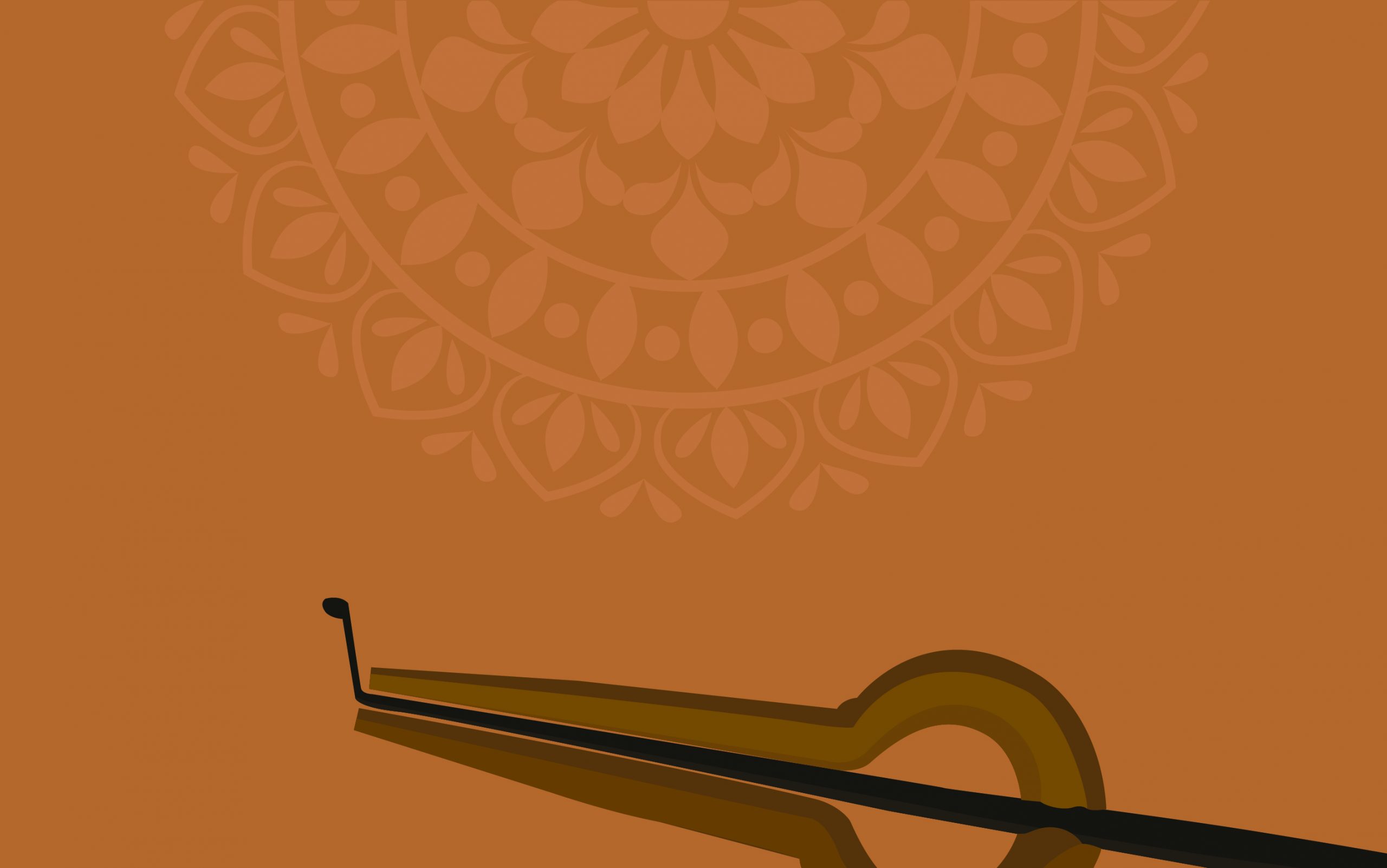


This Indian Jaw harp also known as Morsing is a tiny wind percussion instrument played using the mouth and left hand. The rhythmic musical instrument consists of a metal tongue and metal ring on the middle and can create many patterns of sounds. Morchang was widely popular in Rajasthan as well as in the Carnatic music of South India and Sindh (Pakistan) in the 20th century, but is now hard to find.

An instrument with a history of 1500 years, its exact origin in India is not well documented. In the tradition of the Indian gurukul system of teaching, thus folk tales are a secondary source of its history. In India it is found mainly in South India, Rajasthan and also in some parts of Assam. It is also sometimes used while playing Rabindrasangeet in Bengal and in Assamese folk songs. In South India, it features in Carnatic concerts and percussion ensembles. It is said to be the precursor to subsequent instruments such as the harmonica and the harmonium.
Ancestors have been building morchang musical instruments for many centuries. This is caste work, Gadiya blacksmiths. Their main task is to make iron tools. But in the whole of Rajasthan, only this family manufactures the musical instrument morchang. Morchang is known by many different names in the world. Among them mainly its names are – mouthharp, morchang, morsing, vargan, khomus, parmupill, doromb, jewsharp, jaw harp. Ancestors used to create morchang for folk artists. At present, only Gadiya family makes morchang.
They manufacture morchang in many designs and metals. They manufacture morchang in metal of iron, brass, copper and silver. They make each morchang very carefully. Even today, they manufacture Morchang with the ancient construction style.